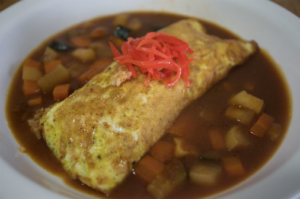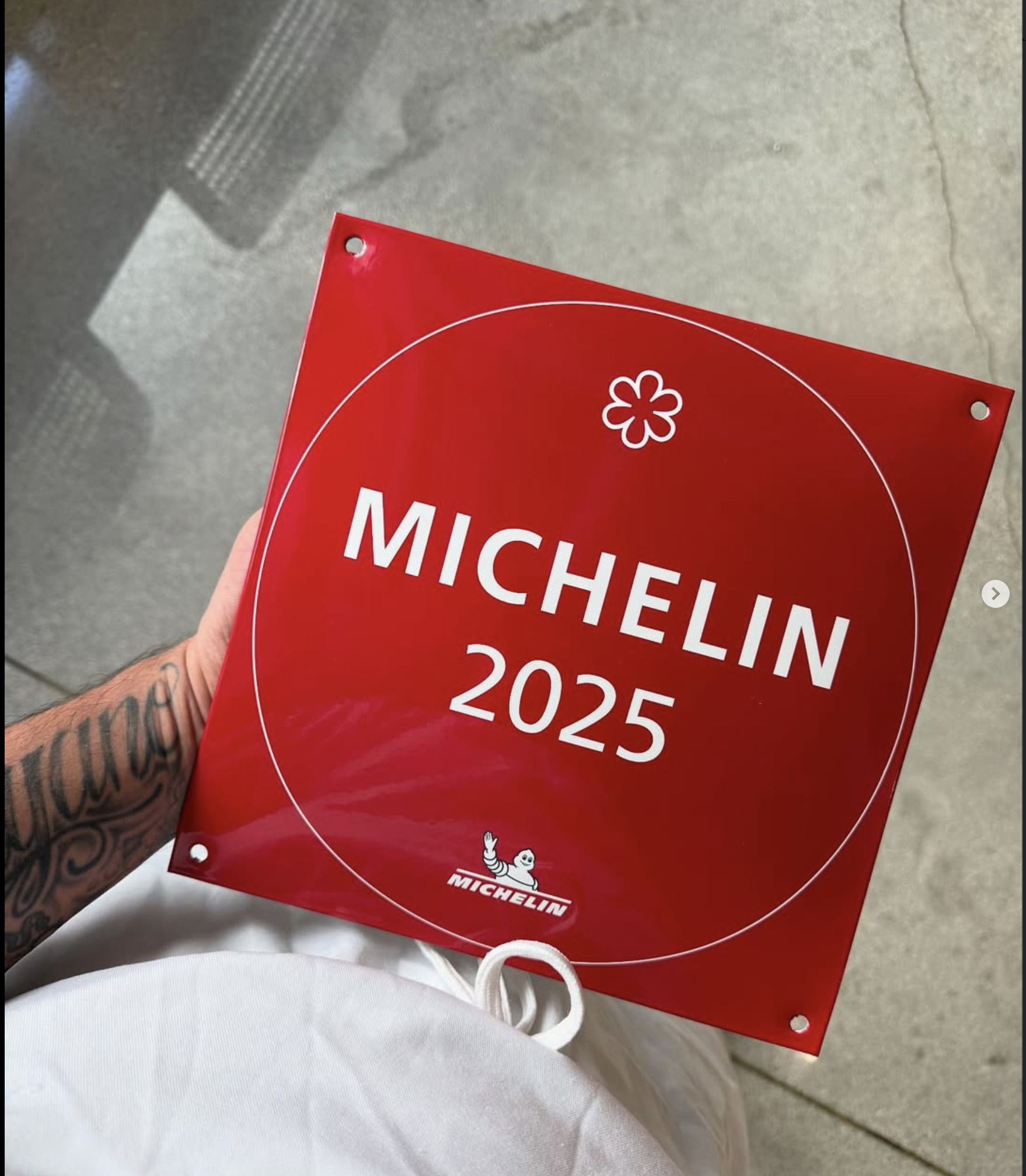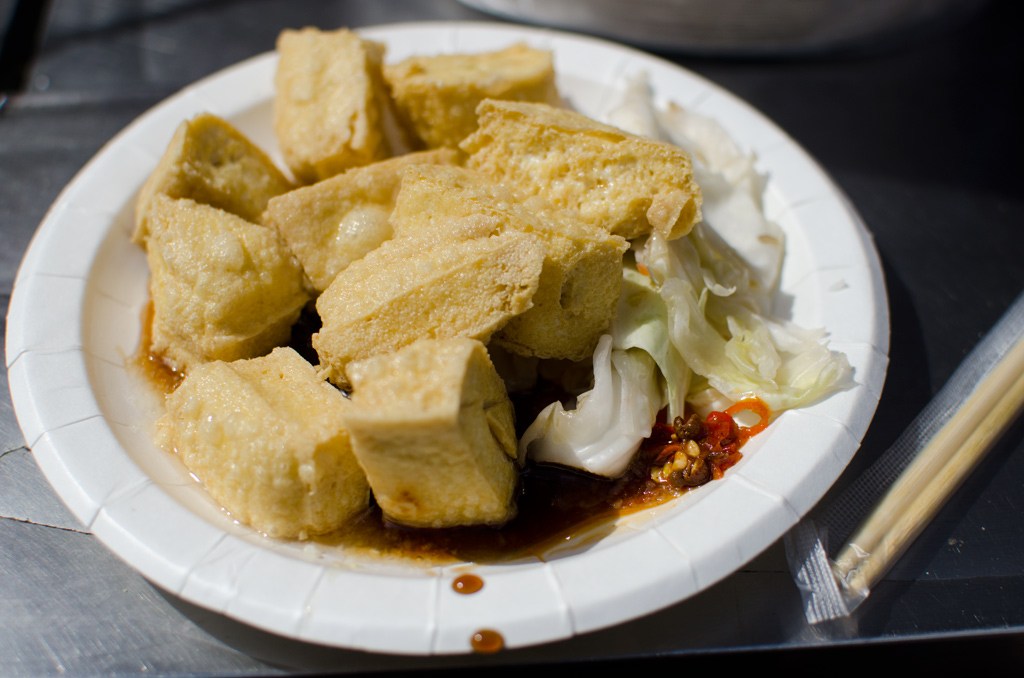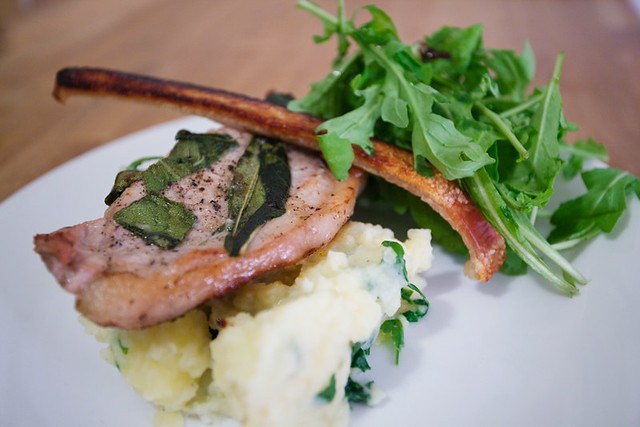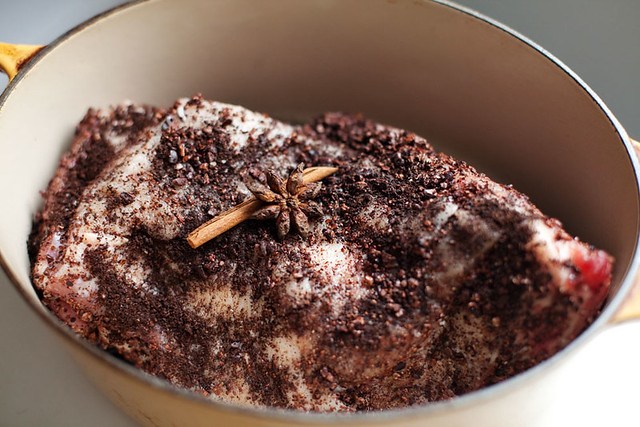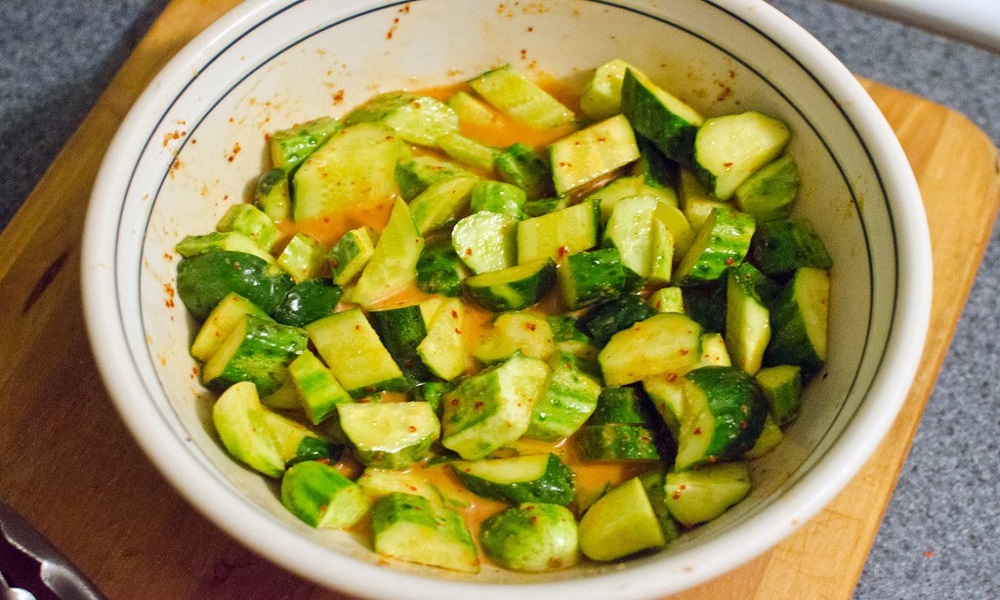Just 40 minutes south of Madrid, a culinary treasure teeters on the edge of oblivion. Ajo fino garlic, with its small, intensely flavored cloves, has defined the taste of Chinchón for generations but now faces extinction as modern agriculture favors higher-yield varieties. This isn’t just any garlic disappearing—it’s the cornerstone of central Spanish gastronomy.
For locals in this historic town, ajo fino represents more than just an ingredient; it embodies their cultural identity and agricultural heritage. “If we lose our identity, we lose everything,” says Miriam Hernández, executive chef at La Casa del Pregonero and the unlikely hero in this garlic’s survival story.
The decline began gradually as farmers abandoned the labor-intensive crop for more commercially viable alternatives. Unlike its larger, milder cousins that stock supermarket shelves worldwide, ajo fino demands careful cultivation by hand, often in small family plots.
The reward for this effort is a garlic that delivers complex flavor with remarkable subtlety—less bitter than mass-produced varieties yet more profound in its impact on traditional dishes. Each small clove carries the terroir of Chinchón’s soil and centuries of culinary wisdom.
When Hernández could no longer source this essential ingredient for her restaurant’s signature dishes, she took matters into her own hands. Rather than compromising with substitutes, she became a garlic farmer herself, preserving cultivation techniques passed down through generations of Chinchón families.
The garlic’s distinctive profile makes it irreplaceable in iconic recipes like sopa de ajo (garlic soup), where its nuanced character transforms simple ingredients into something extraordinary. This transformation showcases why preserving such heritage crops matters beyond mere nostalgia.
International attention arrived when actress Eva Longoria featured ajo fino’s plight in her travel series “Eva Longoria: Searching For Spain.” The publicity has sparked renewed interest among culinary heritage advocates and food enthusiasts seeking authentic regional ingredients.
This revival reflects broader movements in gastronomic preservation, where chefs become conservationists and restaurants serve as living museums of agricultural biodiversity.
For Hernández, the mission transcends trendy farm-to-table ethos—it’s about ensuring that future generations can taste what makes Spanish cuisine unique. Her efforts represent a harmonious resistance against the homogenization of food culture.
While Chef Hernández battles to save Spain’s culinary heritage one clove at a time, her efforts mirror a global movement where culinary preservationists like the female chefs at Saudi Arabia’s groundbreaking ZADK Academy combine traditional recipes with modern techniques to ensure cultural foodways survive.
Visitors to Chinchón today might catch a glimpse of Hernández tending her garlic plots between kitchen shifts or taste the results of her dedication in dishes that couldn’t exist without ajo fino. Her efforts prove that one woman’s determination can sustain cultural preservation beginning with something as humble as a garlic clove.
Whether ajo fino survives ultimately depends on consumers recognizing the value of such culinary distinctiveness. As similar heritage crops face extinction worldwide, Chinchón’s garlic stands as both warning and inspiration—a reminder that some flavors, once lost, can never truly be replaced.




